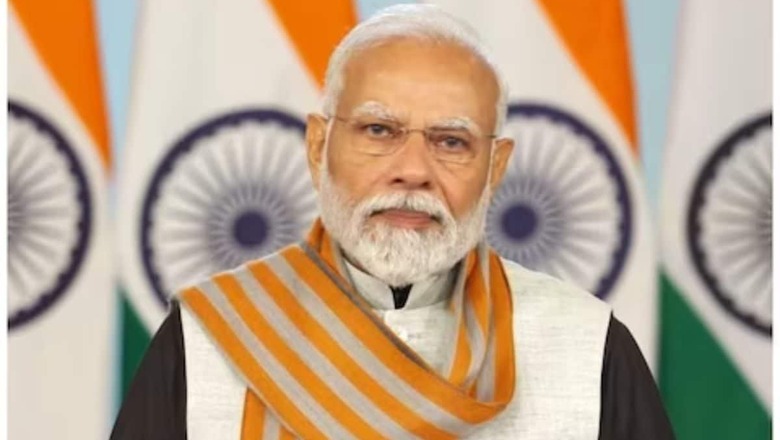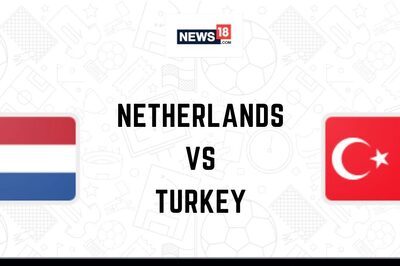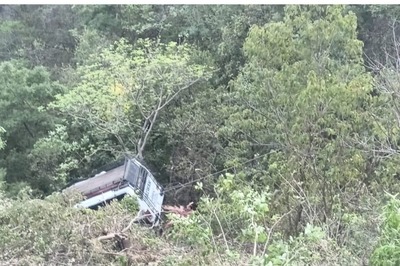
views
On January 15, 2024, Indian Prime Minister Narendra Modi released the first instalment to one lakh beneficiaries of the Pradhan Mantri Awas Yojana – Gramin (PMAY – G) scheme, a part of the Pradhan Mantri Janjati Adivasi Nyaya Maha Abhiyan (PM – JANMAN) program through a video conference. During the event, he engaged with the beneficiaries of PM – JANMAN, which was launched on November 15, 2023, on Tribal Pride Day to empower individuals. With an initial budget of Rs 24,000 crore, PM – JANMAN aims to enhance the socio-economic conditions of Particularly Vulnerable Tribal Groups (PVTGs) by providing fundamental amenities such as safe housing, clean drinking water, sanitation, improved education, health and nutrition access, electricity, road and telecom connectivity, and sustainable livelihood opportunities.
As per the 2011 census, the Scheduled Tribe (ST) population in India was recognized as 10.45 crores, including 75 communities in 18 states and the union territory of Andaman and Nicobar Islands classified as PVTGs. These groups face social, economic, and educational challenges. In the 2023–24 budget speech on February 1, 2023, Union Finance Minister Nirmala Sitharaman announced the Pradhan Mantri PVTG Development Mission, allocating Rs 15,000 crore under the Development Action Plan for Scheduled Tribes to implement the mission.
The PVTG Development Mission focuses on enhancing the socio-economic conditions of vulnerable tribal groups and has been launched in the first hundred districts, covering 500 blocks and 15,000 PVTG habitations. The campaign’s objectives include providing individual rights to PVTG families, offering basic community services, and creating awareness about their rights. During the campaign, essential documents such as Aadhaar cards, community certificates, and Jan Dhan accounts are provided, enabling access to other schemes like Ayushman Cards, PM Kisan Samman Nidhi, and Kissan Credit Cards.
The initiative to identify the most vulnerable tribal groups as PVTGs was undertaken by the Indian government in 1975, initially recognizing 52 tribal groups. In 1993, an additional 23 tribal groups were included, bringing the current count to 75 PVTGs. Odisha has the highest number, with 13 PVTGs, followed by Andhra Pradesh with 12.




















Comments
0 comment